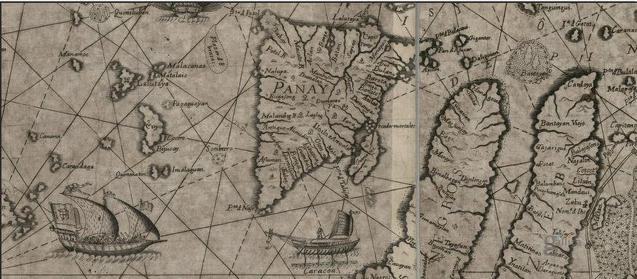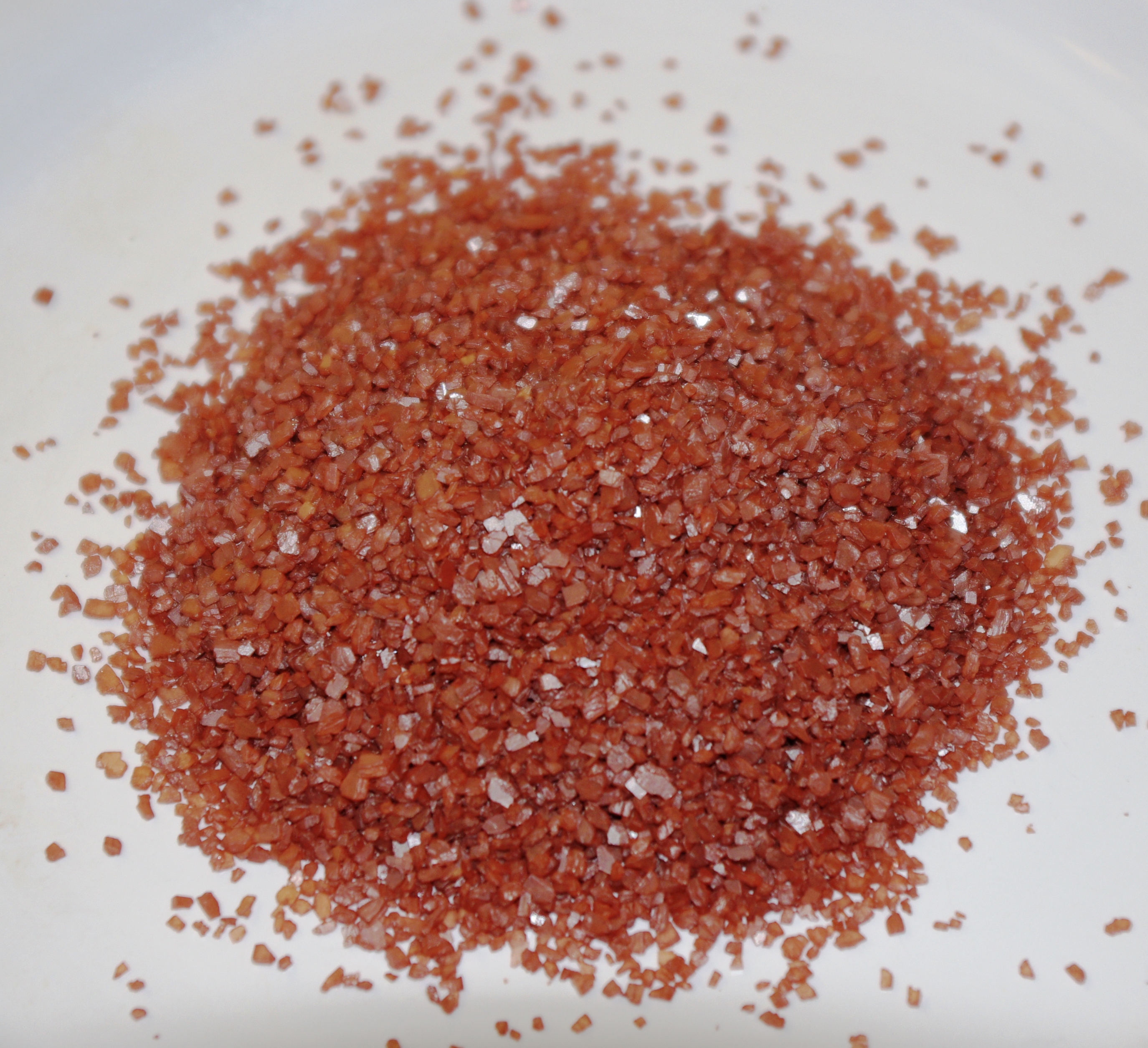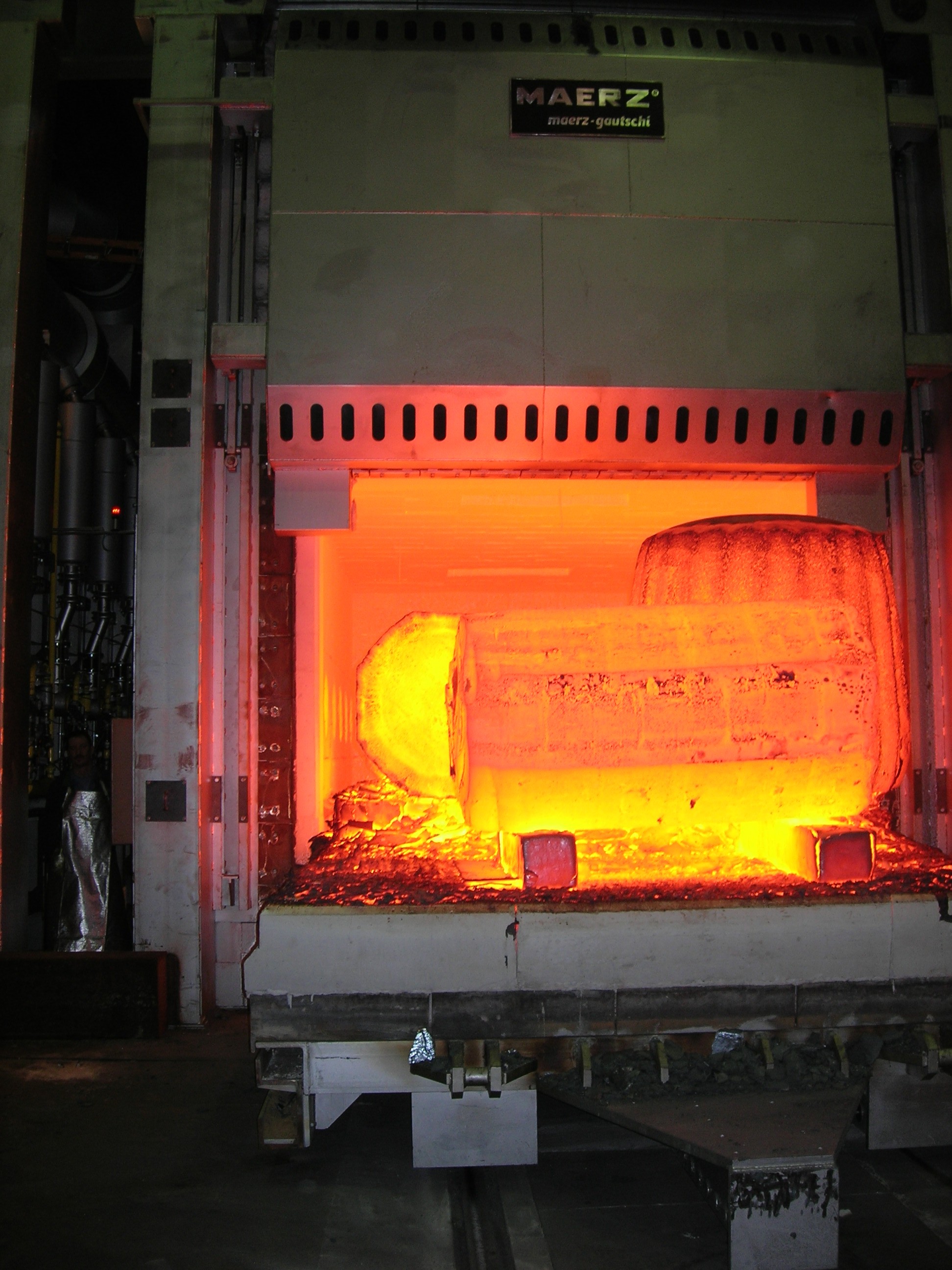|
Asín Tibuok
''Asín tibuok'' is a rare Filipino artisanal sea salt from the Boholano people made from filtering seawater through ashes. A variant of the salt is also known as ''túltul'' or ''dúkdok'' among the Ilonggo people. It is made similarly to ''asín tibuok'' but is boiled with ''gatâ'' (coconut milk). Both of them are part of the unique traditional methods of producing sea salt for culinary use among the Visayan people of the central Philippine islands. They differ in taste from salt obtained through traditional drying beds or modern methods. ''Asín tibuok'' has a sharp taste with smoky and fruity undertones, while ''túltul'' has an innate savory flavor. They are characteristically finely textured with small granules. They are consumed by grating a light dusting over food. The tradition of making ''asín tibuok'' and ''túltul'' is nearly extinct due to the difficulty and length of time it takes to manufacture them, the passing of the salt iodization (ASIN) law in 1995, as we ... [...More Info...] [...Related Items...] OR: [Wikipedia] [Google] [Baidu] |
Philippine Cuisine
Filipino cuisine ( fil, lutong Pilipino/pagkaing Pilipino) is composed of the cuisines of more than a hundred distinct ethnolinguistic groups found throughout the Philippine archipelago. A majority of mainstream Filipino dishes that compose Filipino cuisine are from the food traditions of various ethnolinguistic groups and tribes of the archipelago, including the Ilocano, Pangasinan, Kapampangan, Tagalog, Bicolano, Visayan, Chavacano and Maranao ethnolinguistic groups. The styles of preparation and dishes associated with them have evolved over many centuries from a largely indigenous (largely Austronesian) base shared with maritime Southeast Asia with varied influences from Chinese, Spanish and American cuisines, in line with the major waves of influence that had enriched the cultures of the archipelago, as well as others adapted to indigenous ingredients and the local palate. [...More Info...] [...Related Items...] OR: [Wikipedia] [Google] [Baidu] |
Panay Island
Panay is the sixth-largest and fourth-most populous island in the Philippines, with a total land area of and has a total population of 4,542,926 as of 2020 census. Panay comprises 4.4 percent of the entire population of the country. The City of Iloilo is its largest settlement with a total population of 457,626 inhabitants as of 2020 census. Panay is a triangular island, located in the western part of the Visayas. It is about across. It is divided into four provinces: Aklan, Antique, Capiz and Iloilo, all in the Western Visayas Region. Just closely off the mid-southeastern coast lies the island-province of Guimaras. It is located southeast of the island of Mindoro and northwest of Negros across the Guimaras Strait. To the north and northeast is the Sibuyan Sea, Jintotolo Channel and the island-provinces of Romblon and Masbate; to the west and southwest is the Sulu Sea and the Palawan archipelago and to the south is Panay Gulf. Panay is the only main island in the Visayas whos ... [...More Info...] [...Related Items...] OR: [Wikipedia] [Google] [Baidu] |
List Of Edible Salts ...
Edible salts, also known as table salts, are generally derived from mining (rock salt) or evaporation (including sea salt). Edible salts may be identified by such characteristics as their geographic origin, method of preparation, natural impurities, additives, flavourings, or intended purpose (such as pickling or curing). References {{Salt topics * Salts In chemistry, a salt is a chemical compound consisting of an ionic assembly of positively charged cations and negatively charged anions, which results in a compound with no net electric charge. A common example is table salt, with positively cha ... [...More Info...] [...Related Items...] OR: [Wikipedia] [Google] [Baidu] |
Salt Industry In Las Piñas
The Las Piñas shoreline along Manila Bay was a popular destination among beach lovers, both for swimming and as a vantage point to watch the famous Manila Bay sunset. With the shoreline teeming with marine life, fishing was one of the main occupations of the locals. Other sources of livelihood included farming and salt-making. Las Piñas City was once dubbed as the “Saltbed of the Philippines". The Irasan or the Las Piñas Salt Bed in Barangay Pulanglupa, which is part of the Las Piñas Historical Project, was formally opened on December 13, 2005. The technical assistance came from the Pangasinan State University. History Revitalization of Irasan By the 18th century, salt-making technology was introduced in the locality using solar bed dryers. Over time, hundreds of hectares surrounding the old town were converted into salt beds. Later, clay tiles or ''gibak'' were brought down from Vigan to line the salt beds. This prevented the salt from coming into contact with the eart ... [...More Info...] [...Related Items...] OR: [Wikipedia] [Google] [Baidu] |
Table Salt
Salt is a mineral composed primarily of sodium chloride (NaCl), a chemical compound belonging to the larger class of salts; salt in the form of a natural crystalline mineral is known as rock salt or halite. Salt is present in vast quantities in seawater. The open ocean has about of solids per liter of sea water, a salinity of 3.5%. Salt is essential for life in general, and saltiness is one of the basic human tastes. Salt is one of the oldest and most ubiquitous food seasonings, and is known to uniformly improve the taste perception of food, including otherwise unpalatable food. Salting, brining, and pickling are also ancient and important methods of food preservation. Some of the earliest evidence of salt processing dates to around 6,000 BC, when people living in the area of present-day Romania boiled spring water to extract salts; a salt-works in China dates to approximately the same period. Salt was also prized by the ancient Hebrews, Greeks, Romans, Byzantines, Hi ... [...More Info...] [...Related Items...] OR: [Wikipedia] [Google] [Baidu] |
Sinangag
''Sinangag'' (), also called garlic fried rice or garlic rice, is a Filipino fried rice dish cooked by stir-frying pre-cooked rice with garlic. The rice used is preferably stale, usually leftover cooked rice from the previous day, as it results in rice that is slightly fermented and firmer. It is garnished with toasted garlic, rock salt, black pepper and sometimes chopped scallions. The rice grains are ideally loose and not stuck together. It is rarely eaten on its own, but is usually paired with a "dry" meat dish such as tocino (bacon), ''longganisa'' (sausage), ''tapa'' (dried or cured meat), Spam, or ''daing'' (dried fish), as well as the addition of scrambled or fried eggs. Unlike other types of fried rice, it does not normally use ingredients other than garlic, in order not to overwhelm the flavour of the main dish. In the Visayas regions of the Philippines, ''sinangag'' was traditionally seasoned with '' asín tibuok''. ''Sinangag'' is a common part of a traditional Fili ... [...More Info...] [...Related Items...] OR: [Wikipedia] [Google] [Baidu] |
Driftwood
__NOTOC__ Driftwood is wood that has been washed onto a shore or beach of a sea, lake, or river by the action of winds, tides or waves. In some waterfront areas, driftwood is a major nuisance. However, the driftwood provides shelter and food for birds, fish and other aquatic species as it floats in the ocean. Gribbles, shipworms and bacteria decompose the wood and gradually turn it into nutrients that are reintroduced to the food web A food web is the natural interconnection of food chains and a graphical representation of what-eats-what in an ecological community. Another name for food web is consumer-resource system. Ecologists can broadly lump all life forms into one o .... Sometimes, the partially decomposed wood washes ashore, where it also shelters birds, plants, and other species. Driftwood can become the foundation for sand dunes. Most driftwood is the remains of trees, in whole or part, that have been washed into the ocean, due to flooding, high winds, or ot ... [...More Info...] [...Related Items...] OR: [Wikipedia] [Google] [Baidu] |
Industrial Furnace
An industrial furnace, also known as a direct heater or a direct fired heater, is a device used to provide heat for an industrial process, typically higher than 400 degrees Celsius. They are used to provide heat for a process or can serve as reactor which provides heats of reaction. Furnace designs vary as to its function, heating duty, type of fuel and method of introducing combustion air. Heat is generated by an industrial furnace by mixing fuel with air or oxygen, or from electrical energy. The residual heat will exit the furnace as flue gas. These are designed as per international codes and standards the most common of which are ISO 13705 (Petroleum and natural gas industries — Fired heaters for general refinery service) / American Petroleum Institute (API) Standard 560 (Fired Heater for General Refinery Service). Types of industrial furnaces include batch ovens, vacuum furnaces, and solar furnaces. Industrial furnaces are used in applications such as chemical reactions, ... [...More Info...] [...Related Items...] OR: [Wikipedia] [Google] [Baidu] |
Brine
Brine is a high-concentration solution of salt (NaCl) in water (H2O). In diverse contexts, ''brine'' may refer to the salt solutions ranging from about 3.5% (a typical concentration of seawater, on the lower end of that of solutions used for brining foods) up to about 26% (a typical saturated solution, depending on temperature). Brine forms naturally due to evaporation of ground saline water but it is also generated in the mining of sodium chloride. Brine is used for food processing and cooking (pickling and brining), for de-icing of roads and other structures, and in a number of technological processes. It is also a by-product of many industrial processes, such as desalination, so it requires wastewater treatment for proper disposal or further utilization (fresh water recovery). In nature Brines are produced in multiple ways in nature. Modification of seawater via evaporation results in the concentration of salts in the residual fluid, a characteristic geologic deposit call ... [...More Info...] [...Related Items...] OR: [Wikipedia] [Google] [Baidu] |
Bamboo
Bamboos are a diverse group of evergreen perennial flowering plants making up the subfamily Bambusoideae of the grass family Poaceae. Giant bamboos are the largest members of the grass family. The origin of the word "bamboo" is uncertain, but it probably comes from the Dutch or Portuguese language, which originally borrowed it from Malay or Kannada. In bamboo, as in other grasses, the internodal regions of the stem are usually hollow and the vascular bundles in the cross-section are scattered throughout the stem instead of in a cylindrical arrangement. The dicotyledonous woody xylem is also absent. The absence of secondary growth wood causes the stems of monocots, including the palms and large bamboos, to be columnar rather than tapering. Bamboos include some of the fastest-growing plants in the world, due to a unique rhizome-dependent system. Certain species of bamboo can grow within a 24-hour period, at a rate of almost an hour (equivalent to 1 mm every 90 seco ... [...More Info...] [...Related Items...] OR: [Wikipedia] [Google] [Baidu] |
Tides
Tides are the rise and fall of sea levels caused by the combined effects of the gravitational forces exerted by the Moon (and to a much lesser extent, the Sun) and are also caused by the Earth and Moon orbiting one another. Tide tables can be used for any given locale to find the predicted times and amplitude (or "tidal range"). The predictions are influenced by many factors including the alignment of the Sun and Moon, the phase and amplitude of the tide (pattern of tides in the deep ocean), the amphidromic systems of the oceans, and the shape of the coastline and near-shore bathymetry (see '' Timing''). They are however only predictions, the actual time and height of the tide is affected by wind and atmospheric pressure. Many shorelines experience semi-diurnal tides—two nearly equal high and low tides each day. Other locations have a diurnal tide—one high and low tide each day. A "mixed tide"—two uneven magnitude tides a day—is a third regular category. Tides va ... [...More Info...] [...Related Items...] OR: [Wikipedia] [Google] [Baidu] |
Seawater
Seawater, or salt water, is water from a sea or ocean. On average, seawater in the world's oceans has a salinity of about 3.5% (35 g/L, 35 ppt, 600 mM). This means that every kilogram (roughly one liter by volume) of seawater has approximately of dissolved salts (predominantly sodium () and chloride () ions). The average density at the surface is 1.025 kg/L. Seawater is denser than both fresh water and pure water (density 1.0 kg/L at ) because the dissolved salts increase the mass by a larger proportion than the volume. The freezing point of seawater decreases as salt concentration increases. At typical salinity, it freezes at about . The coldest seawater still in the liquid state ever recorded was found in 2010, in a stream under an Antarctic glacier: the measured temperature was . Seawater pH is typically limited to a range between 7.5 and 8.4. However, there is no universally accepted reference pH-scale for seawater and the difference between measurement ... [...More Info...] [...Related Items...] OR: [Wikipedia] [Google] [Baidu] |









.jpg)